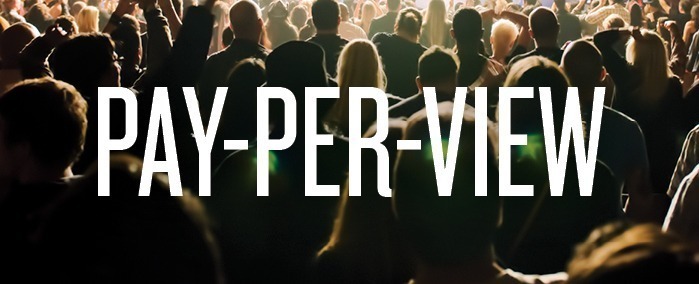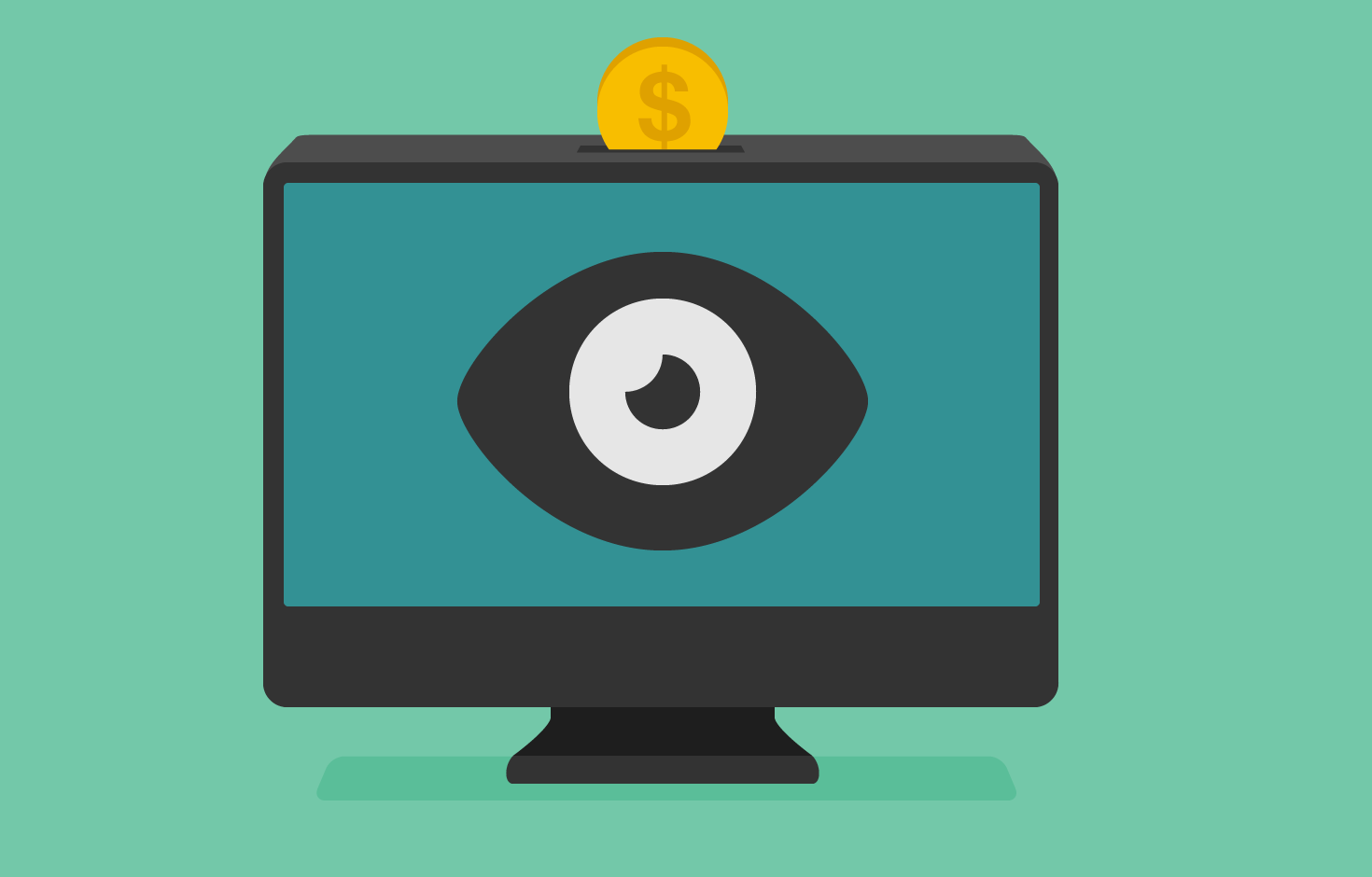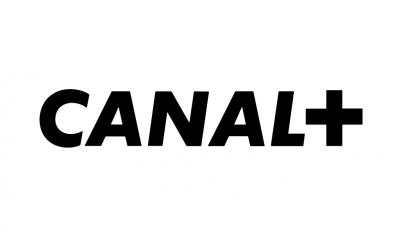Features
Much Ado about Pay-per-view

If you did not hear about the epic fight, which featured Floyd Mayweather Jr., the world-famous boxer who came out of retirement, and his Irishman, Connor McGregor, you are, most likely living under a rock.
The fight, aptly dubbed ‘The Money Fight’, was billed to be the biggest fight in combat sports history. Highly sensationalized, it pulled up staggering statistics from viewership numbers to winnings for both fighters and promoters. The anticipated fight took place on August 26 at the T-Mobile Arena, Nevada. The night ended with Mayweather stopping McGregor at the tenth round and hitting a 50-0 unbeaten boxing record.
Much has been said about the dexterity and doggedness of Mayweather and perhaps of Connor, so that is not the focus of this article. The focus however is on the broadcasting rights of the fight and a look once more at the pay-per-view model – a highly controversial topic for us here in Nigeria – for the televised fight.
What is Pay-per-view?
Let’s start from a simple definition of the pay-per-view (PPV) concept. A Google search of the phrase describes it as “a type of pay television service by which a subscriber of a television service provider can purchase events to view via private telecast”. Primarily, the service is employed during sporting events such as boxing and professional wrestling and in some cases, football matches.
PPV is by no small measure a specialized television service that offers a different experience to subscribers. It’s a live, no advertisement slot programming so viewers can be immersed for the entire duration of the show, unlike video-on-demand services, which allow viewers see recorded broadcasts at any time.
So how does it work?
Essentially, PPV is available through cable TV subscriptions in United States, Canada and some parts of Europe. The Mayweather/McGregor fight was televised via Showtime PPV, which was available through both traditional television providers and various digital services. With most cable services, there is a PPV option in the programme schedule screen. On clicking on the programme or event you choose to view, the charges will be added to your monthly cable bill, and the programme will be available for you to watch. Some PPV events, like live sports, occur at certain times only. If this is the case, you can pay for it anytime, but must tune in to the specified channel at the time of the programme in order to view it (you will still be charged if you’ve purchased it and don’t watch!)
How much does PPV cost?
Well it typically depends on the event or programme you wish to opt in for. Some costs can get as high as $100 for just one programme. For example, the domestic cost for the Mayweather/McGregor fight was set at $89.99 USD for standard definition and $99.99 for high definition. Others can cost lower, it really depends on the caliber of the program. As earlier stated, with PPV your money is non-refundable. The system does not allow you watch for a little while then when you change your mind, get all or part of your money back.
Is PPV the same as pay-as-you-watch?
NO. They are two different concepts. This is perhaps the biggest debate in the pay-TV industry here in Nigeria. Iit is argued that the pay-as-you-watch model of TV programming should be implemented. TV pundits say there should be a similar system of operation as obtains in the telecommunications sector. “Since it is possible to pay for just a single event or programme, that means I can decide to pay for the channels I desire in my cable subscription”, said Lukman Bello, a pay TV subscriber. He shares the same sentiments with perhaps over 90% of other subscribers.
In the eye of this stormy conversation is MultiChoice. But why not? They are touted as the biggest pay-TV Company in the country. So much of the agitation for this model is directed towards them. MultiChoice has at several times addressed this elephant in the room. In one of such recent responses, Managing Director, MultiChoice Nigeria, John Ugbe, has unequivocally said there is no such thing as a ‘pay-as-you-watch’ model of programming.
Ugbe has been quoted to have said: “I can confirm that no other country under MultiChoice is providing its pay TV services through a ‘pay-as-you-watch’ model. People often confuse ‘pay-as-you-watch’ model with ‘Pay per view’, where essentially, subscribers pay specifically for big ticket events in addition to their monthly subscriptions. This effectively makes the subscriptions even more expensive”.
So where did this notion come from?
Again, this can be traced to subscribers clamouring for what they experience with telecoms operators. Why this is not a bad thing to wish for, the truth is, it will take a huge financial toll on both parties. Also, Telecoms service providers do not buy content like pay-TV providers do. What they buy is spectrum and that is a one-off payment. TV content is not bought on a one-off basis. Pay TV providers continually pay for content and these costs have an upward review when contracts expire. Subscribers often hinge their demand for a pay-as-you-watch model on the fact they are billed while not watching. On the technical side of things, it is impossible to tell when a subscriber is watching a channel or not. According to a report, the technology used in pay TV broadcast transmits signals in just one direction: to the decoder. It is called downlink. It does not send back to the pay-TV provider. That way, the provider has no way of knowing whether or not a subscriber is watching or what he or she is watching. The only thing a provider can do is to block the smart card from accessing signal when subscription has expired.
Now that we have ascertained that this not obtainable, why can’t MultiChoice implement PPV?
According to the company: “Anywhere in the world, pay per view is materially more expensive for the person who wants to watch only that piece of content, than binding all the content together and spreading over the time market. It is just a mathematical calculation; it is not that complicated”.
In other words, MultiChoice is taking advantage of an economies of scale to provide an aggregate service that reduces cost for all subscribers. Going back to the Mayweather/McGregor fight, it would be recalled that MultiChoice through its digital platform, DStv, aired the fight to its Premium subscribers at no extra cost. All that was required was an active subscription and Premium customers too could join the rest of the digital world to enjoy the fight.
As much as a pay-as-you-watch model sounds like a good concept, it just is not viable. PPV on the other hand is obtainable, but would you rather go through the hassle of paying separately for a big ticket game or simply enjoy it as an add-on with your premium subscription? This is what MultiChoice has offered and it is with good reason too. So let’s keep enjoying quality programming from MultiChoice as we look forward to another boxing fight. Perhaps Mayweather will come out of retirement a second time and get into the ring one last time. Who knows?



















Recent Comments